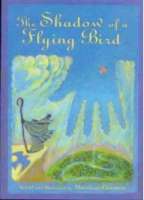
This powerful and poetic story, drawn from a Kurdistani tale based on the Old Testament, retells the story of the death of Moses. With graceful and moving prose and richly colored illustrations, Gerstein has created a memorable book.

This powerful and poetic story, drawn from a Kurdistani tale based on the Old Testament, retells the story of the death of Moses. With graceful and moving prose and richly colored illustrations, Gerstein has created a memorable book.
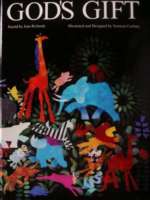
A simple retelling of the story from Genesis of how God created the first man and then made creatures, including the first woman, to keep him company.
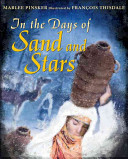
Take out your time telescope, wipe the dust and cobwebs from its lens, tilt it upwards, and find a twinkling speck of light. Now look behind it … way back, to the days of sand and stars. Here are the Midrash stories of famous women whose names you may know, but whose daily lives and human thoughts have been ignored for far too long. From Eve to Emzera, from Sarah to Rebecca, they are presented here with humor and affection as they face a new and changing world where miracles and customs shape their destiny. Midrash tales are what-if stories built around the grains of information the Bible offers, and author Marlee Pinsker excels as she imbues these legendary women with warmth and spirit.
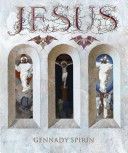
Gennady Spirin created one original, spectacular oil painting to illustrate thirteen principal events in the life of Jesus: The Annunciation, The Birth, The Baptism, The Child in the Temple, The Fast and Temptation of Jesus, The Marriage at Cana, The Sermon on the Mount, The Transfiguration, The Raising of Lazurus at Bethany, The Last Supper, The Crucifixion, The Resurrection, and The Ascension into Heaven. Each section of Spirin’s painting corresponds to the events in Jesus’ life and has been lifted and reproduced to illustrate the book’s Biblical text. A note about the painting and the book’s innovative design is included.
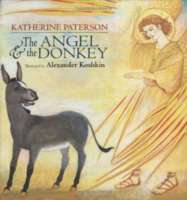
A soothsayer and his faithful donkey save the Israelites from destruction by King Balak on the orders of an angel.

This sequel to The Ark traces the establishment and development of communities on earth and offers an original theory for events that followed the Great Flood. Geisert’s beautiful, full-color etchings alternate between panoramic views and detailed glimpses of everything from the ark to Mount Ararat. “With a stroke of originality, Geisert continues the oft-told tale of the Great Flood by imagining life for Noah and his retinue as the waters begin to recede . . . An understated, quietly powerful book.” — Publishers Weekly
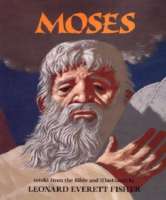
Moses led the Israelites to the Promised Land and received the Ten Commandments.
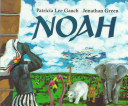
Describes how Noah obeyed God at the time of the great flood and preserved two of each kind of animal in the world.
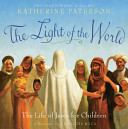
“When the people looked at all the sadness and evil in the world, they had trouble believing that God was in charge. ‘God’s kingdom,’ said Jesus, ‘is as tiny as the smallest of seeds, but when it is planted it grows into such a huge tree that the birds make their nests in its branches.'” Newbery Medalist & minister’s wife Katherine Paterson retells the life of Jesus in simple, beautiful language for all ages, making the story new again through her trademark generosity and compassion. Iconic images from Jesus’s life light the text with the same warmth and directness. A perfect gift book!
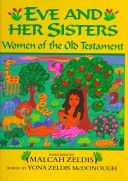
Presents brief stories of fourteen women who are mentioned in the Old Testament, including Eve, Ruth, Hagar, and Deborah.